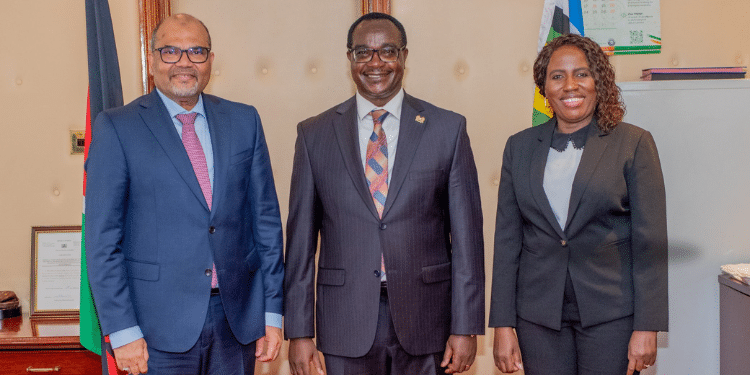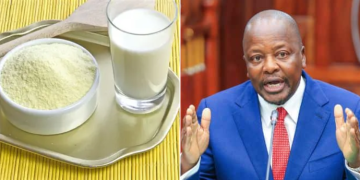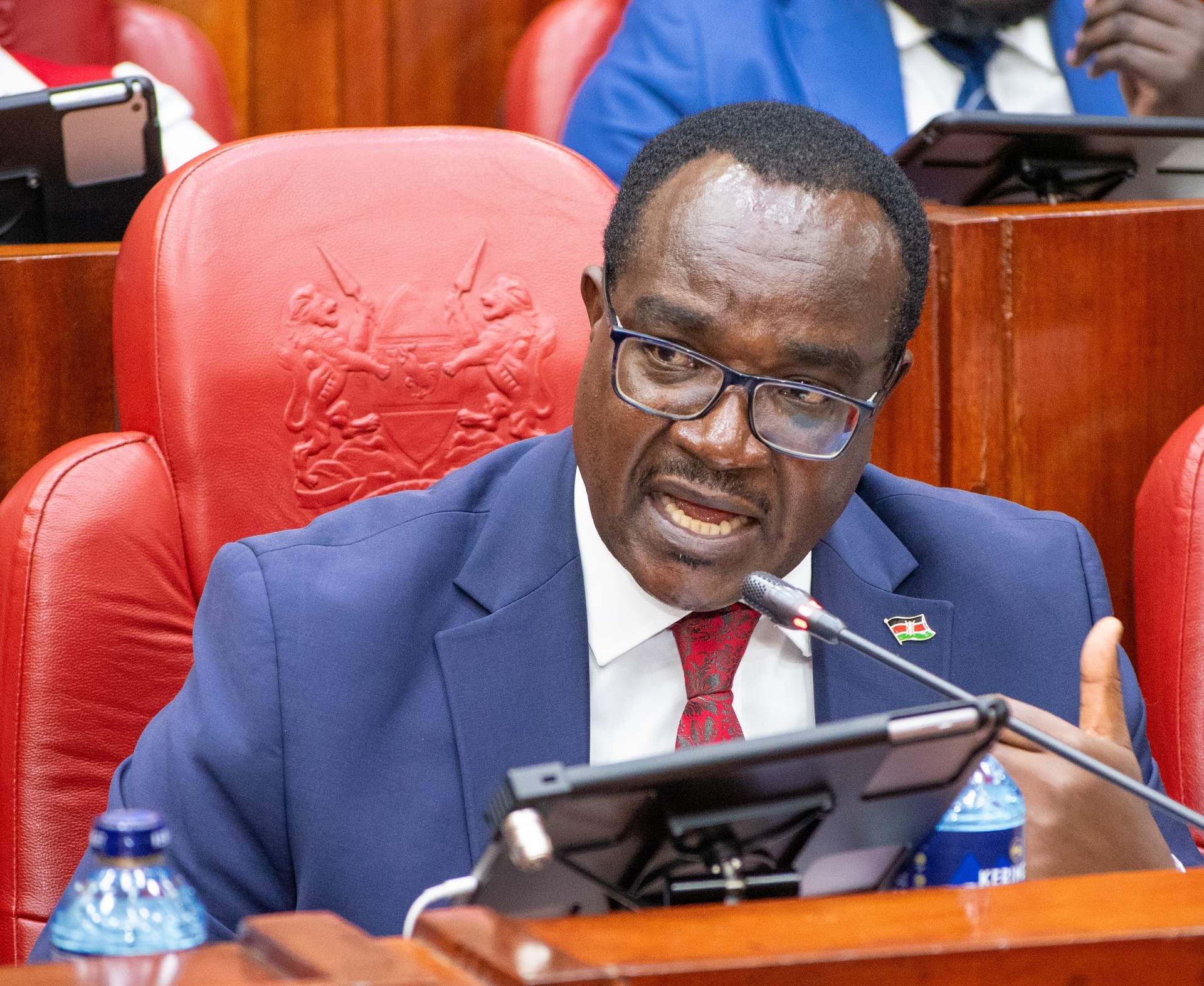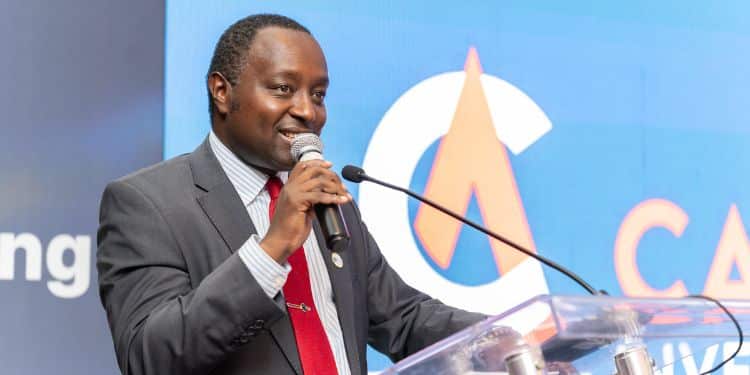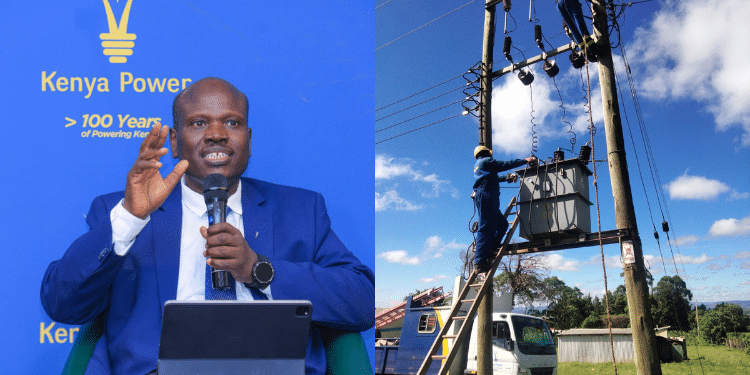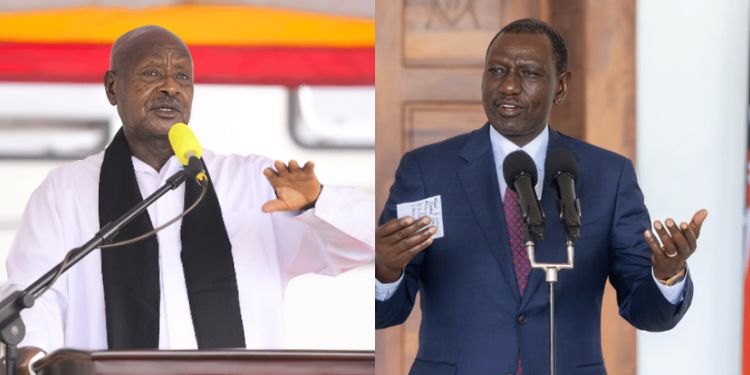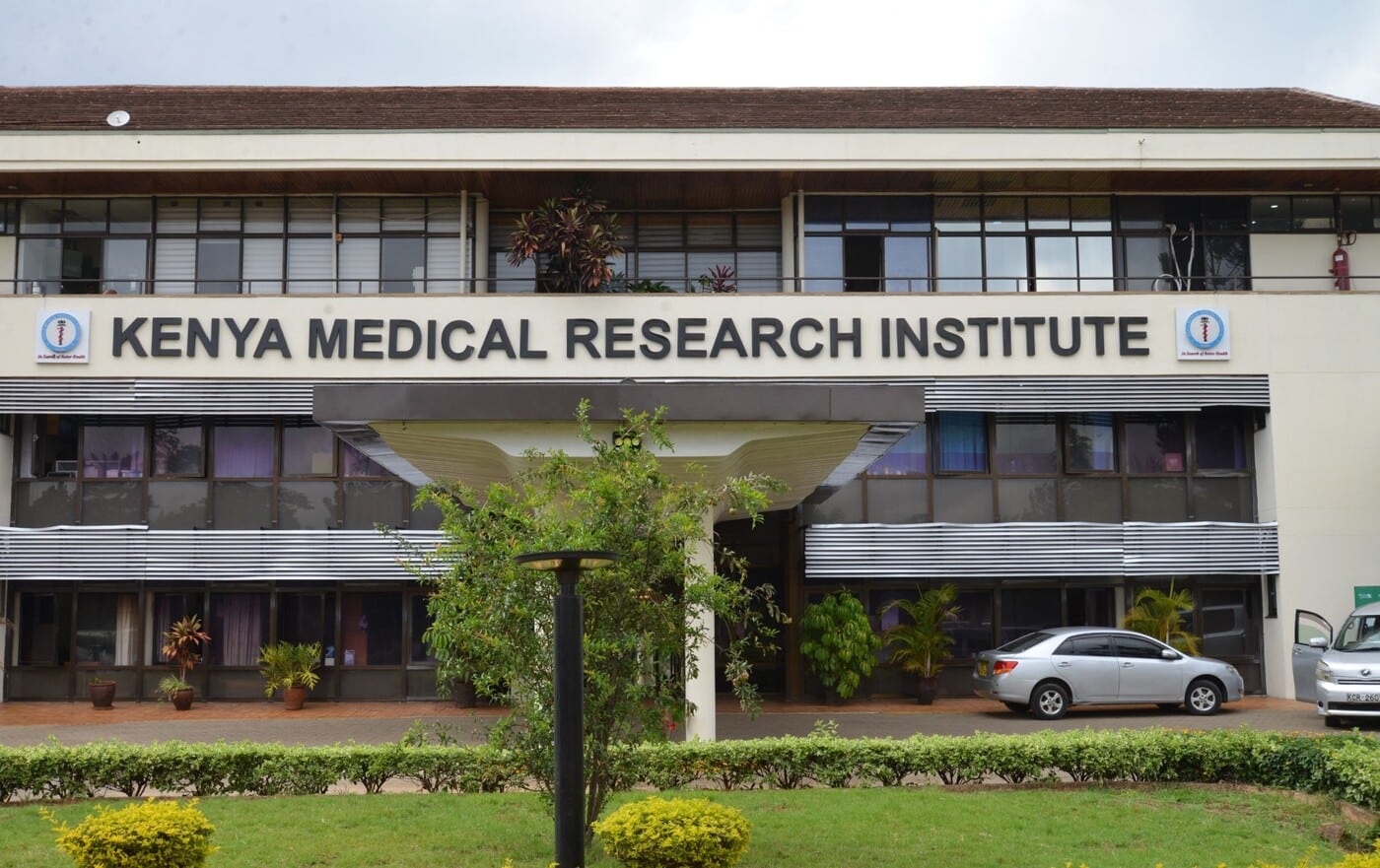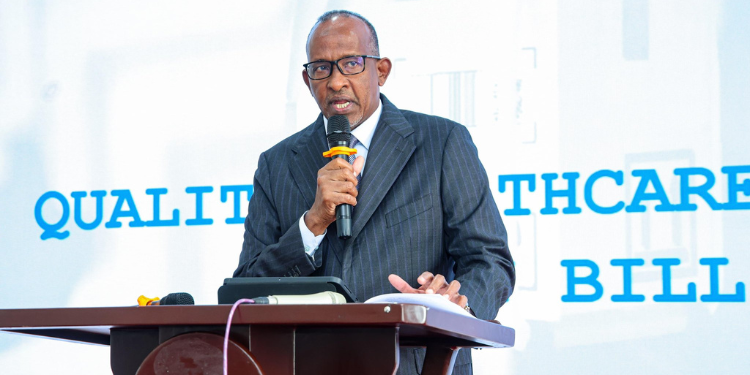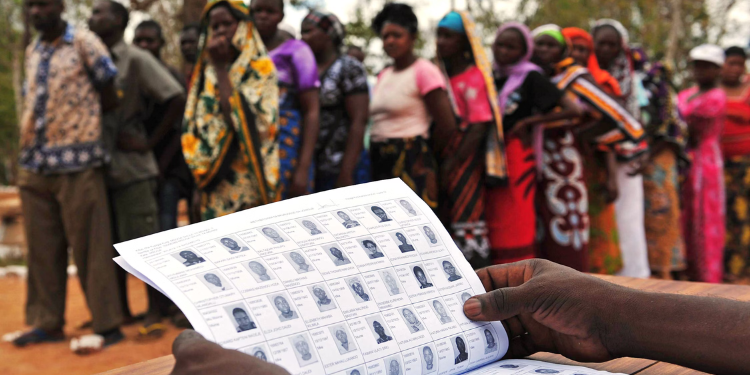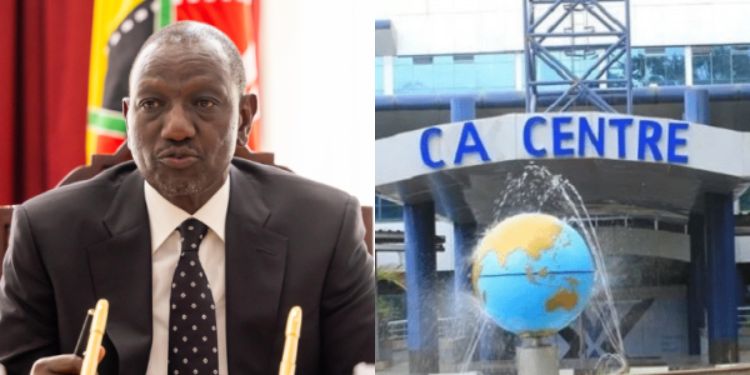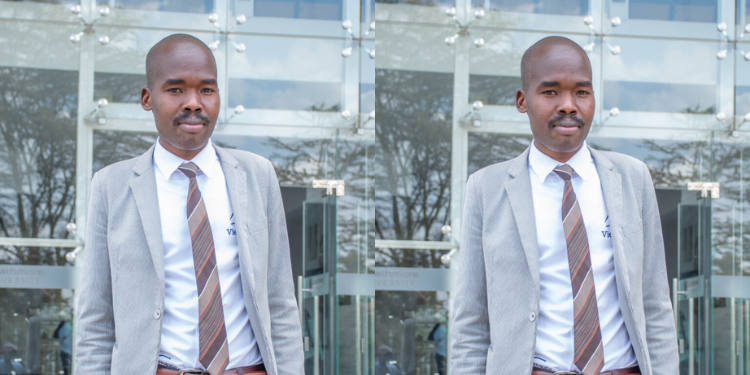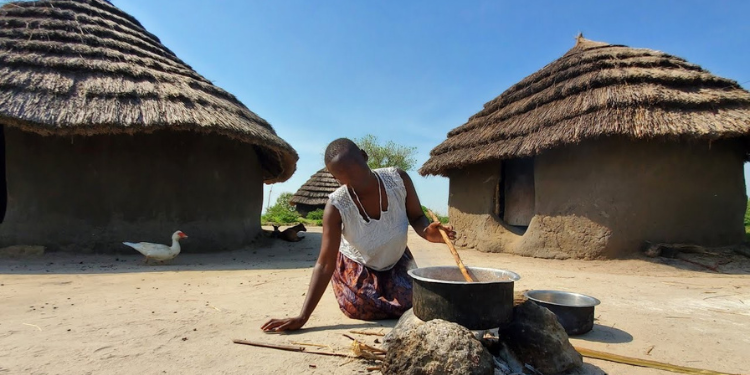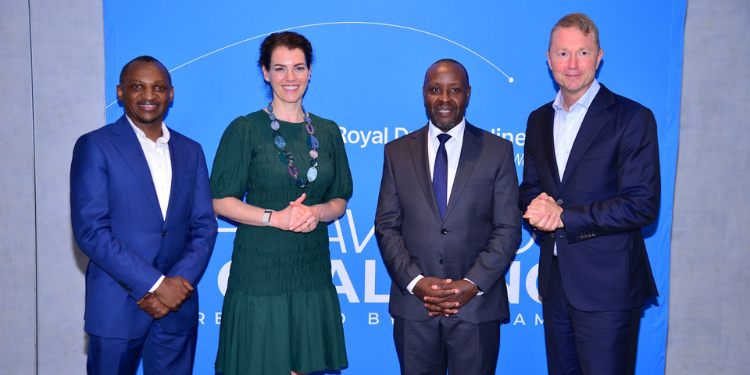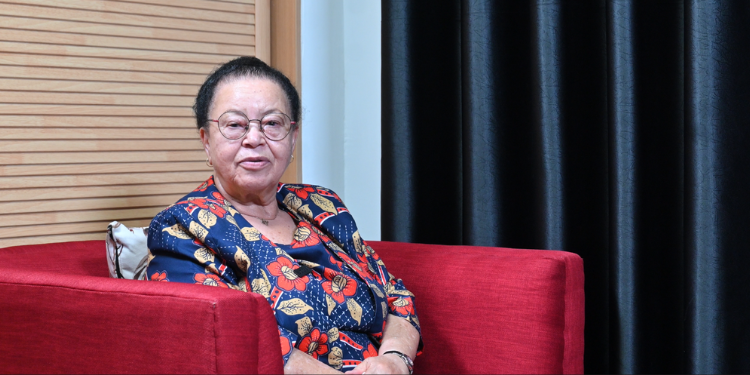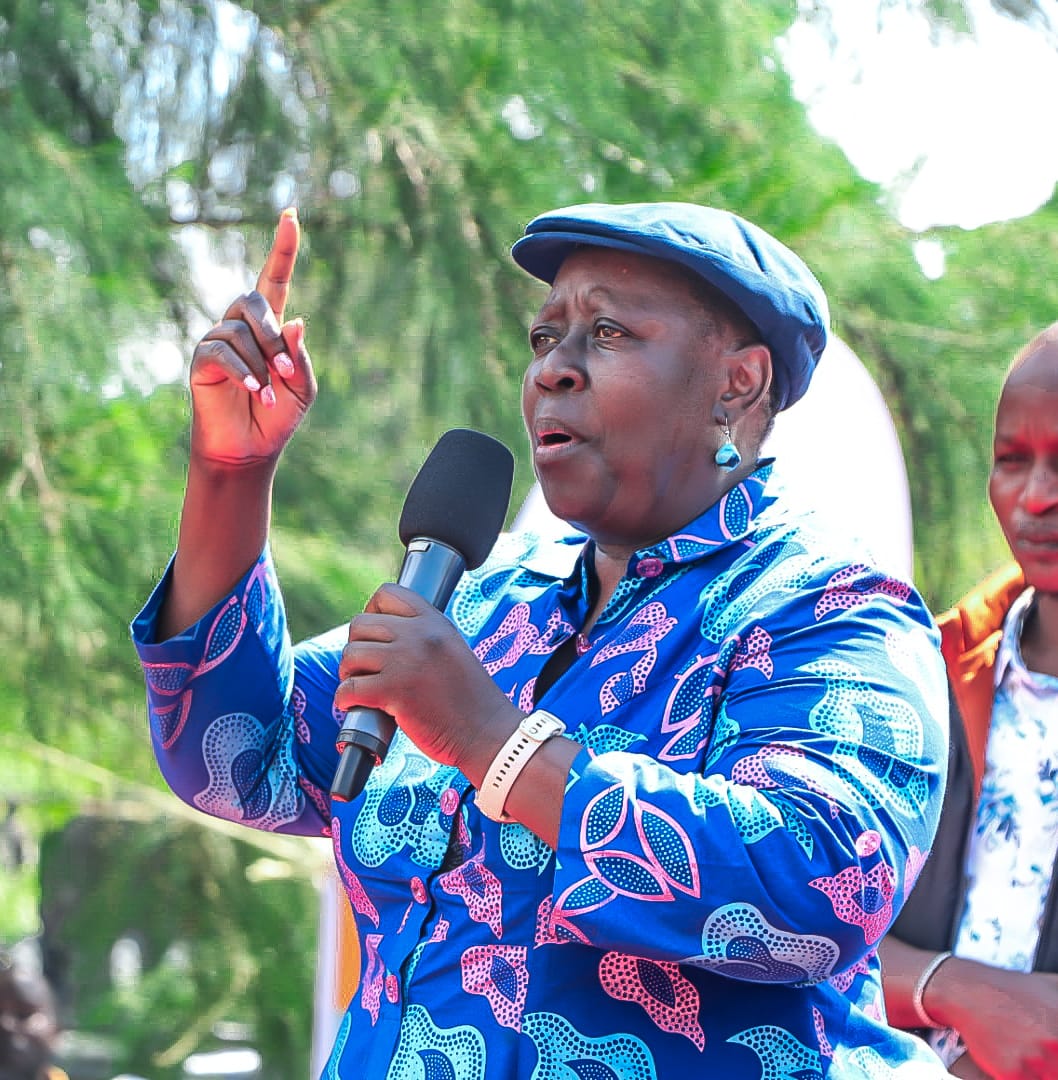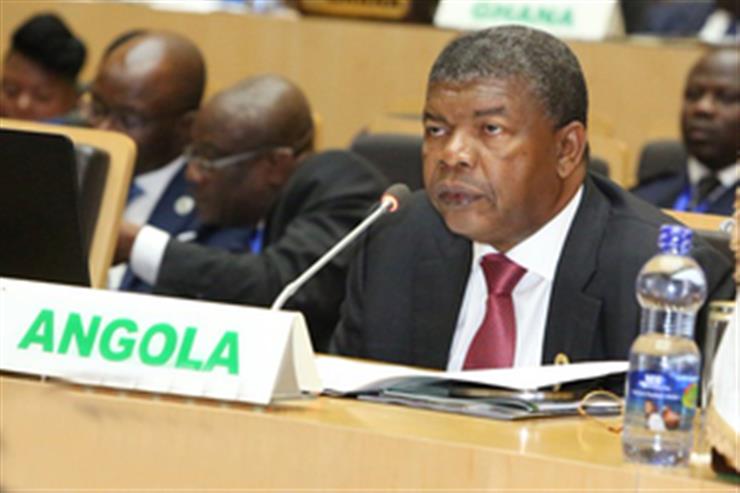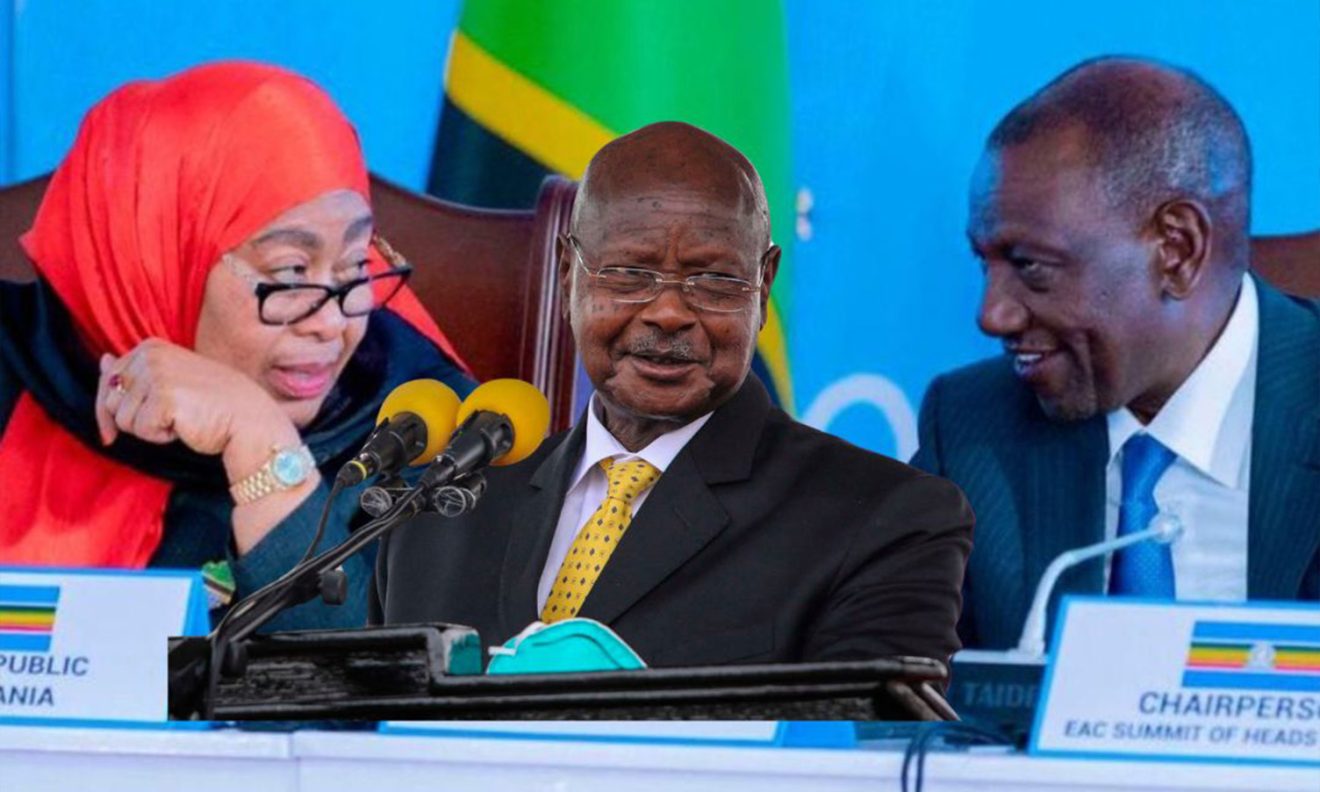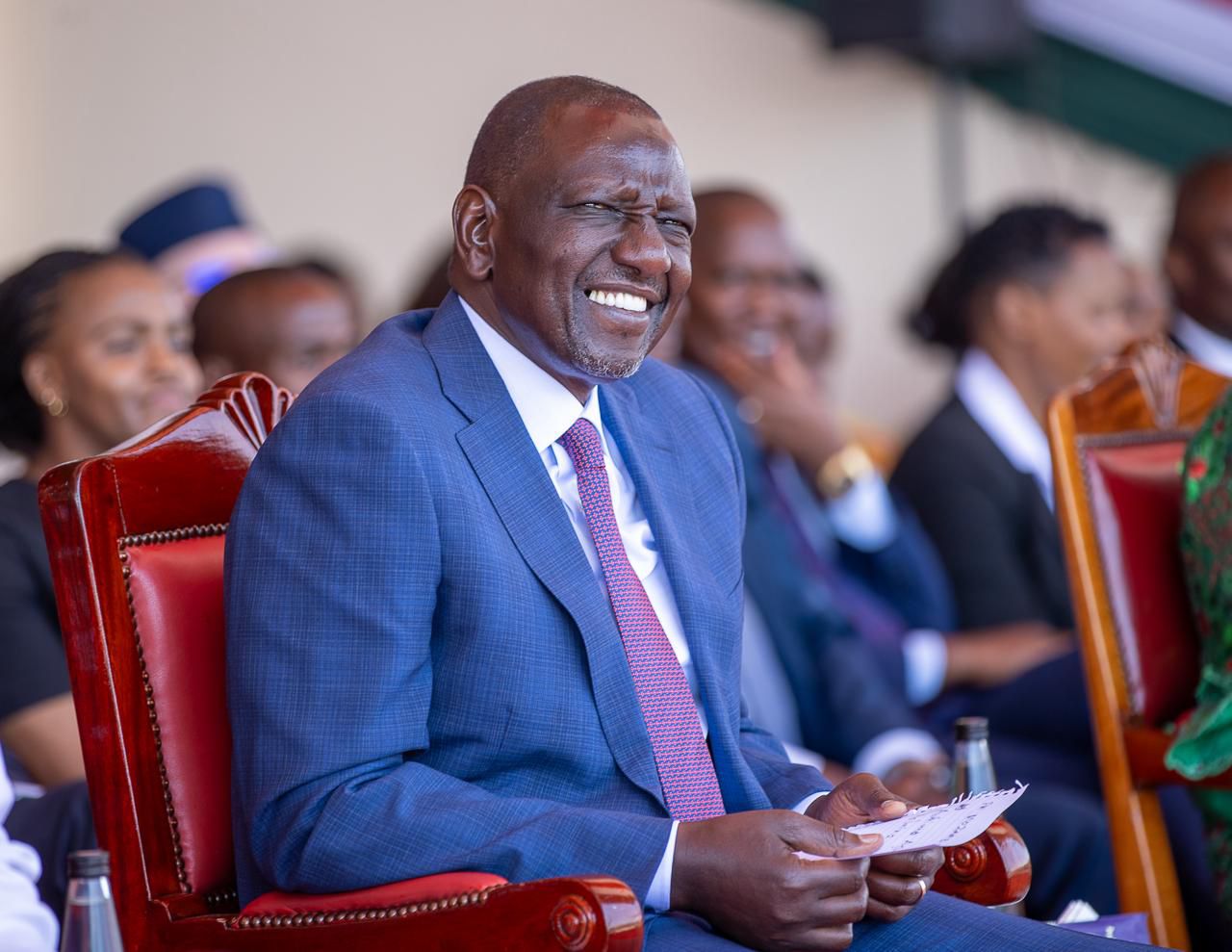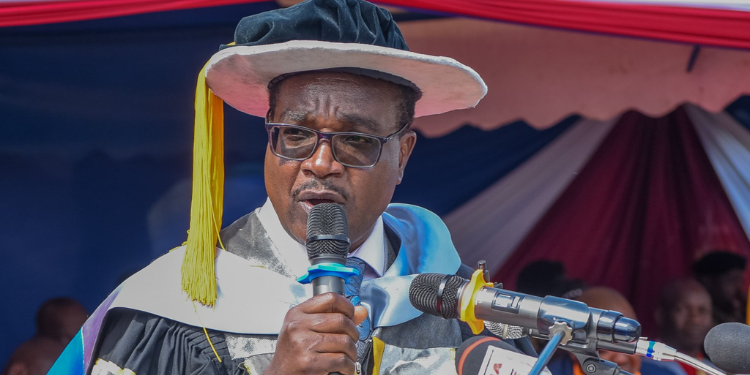It is in the public domain that many Kenyan universities, both public and private, are technically insolvent and ridden with debt. This includes bank loans as well as pending bills to staff, contractors, and suppliers.
Unremitted staff statutory deductions include NSSF pensions, SHA medical insurance covers, and KRA taxes. Others include unpaid staff check off banks, loans, Saccos, and trade unions deductions.
Years and months of salary arrears include dishonoured Collective Bargaining Agreements (CBAs) with trade unions, including UASU, KUSU, and KUDHEIHA.
Controller of Budget (COB) puts Kenya’s public universities’ debt at Ksh72.37bn in March 2025. Pending bills by KU stand at Ksh14.06bn, UON Ksh12.75bn, TUK Ksh9.49bn, JKUAT Ksh9.29bn, and Moi University Ksh8.25bn.
Egerton debt is Ksh8.1bn, Kisii University Ksh1.06bn, Maasai Mara University Ksh0.91bn, Tom Mboya University Ksh0.89 bn, University of Kabianga Ksh0.54bn, and South Eastern Kenya University Ksh0.34bn.
Solutions to Kenya’s Universities’ Financial Instability Challenges
Stakeholders are calling for remedial measures, including a government Marshal Plan and university bailouts. Refrain from perennial defunding and underfunding through adequate annual public budget allocations. University infrastructure bonds- IFBs. University concessional long-term and low-interest loans from the IMF and the World Bank. Shift to private sector corporate management style. Entrepreneurship to diversify sources of finance, including through internationalization, soft power, donations, fundraising by University Foundations, commercialization of research, spinout/spinoffs, and own source revenue (OSR) from commercial entities. Return of parallel private students with a C+ at KCSE. Debt restructuring. Politically risky increase in fees.
Marshal Plan for Africa’s World Class Research Universities Renaissance, like the Proverbial Phoenix from the Ashes.
To lead the process of new knowledge creation, Africa needs world-class research Universities. These will provide the continent with advanced education for academia, policy makers, public and private sector professionals, and also play a key societal role by serving as cultural institutions, centers for social commentary and criticism, and intellectual hubs.
The World Bank’s 2011 report, “The road to academic excellence: the making of world-class research universities” by Philip G. Altbach and Jamil Salmi, highlights the superior outcomes of world-class research Universities. This includes highly sought graduates, leading-edge research, dynamic knowledge, and technology transfer attributed to three
complementary reasons. They have an outlier ultra-high concentration of global world-class quality talent in faculty, students, researchers, and internationalisation.
They have abundant resources to offer a rich learning environment and conduct advanced research. They have favorable corporate governance, which encourages courageous leadership, strategic vision, serial innovation, and flexibility to make decisions and manage resources without excessive bureaucracy.
This is, however, under extreme pressure from US President Trump, who gags on Ivy League universities like Harvard on federal government research defunding, taxation, Visa and admissions restrictive quotas or bans, plus scholarship hurdles for foreign students.
Top World-Class Research Universities in the World
African universities need to repurpose to be market leaders and emulate these highly impactful universities. USA’s MIT, California Institute of Technology – Caltech, and Georgia Tech Research Institute. UK’s OxBridge- University of Oxford and University of Cambridge. China’s Shanghai Jiao Tong University –SJTU and Hong Kong University of Science and Technology.
South Korea’s Pohang University of Science and Technology.India’s ‘’Institutes of National Importance’’ which comprise 23 Indian Institutes of Technology (IITs- Bombay, Delhi, Kharagpur, Hyderabad, Goa, Jammu, Madras, Kanpur, Guwahati, Roorkee, Jodhur, Ropar, Gandhinagar, Patna, Bhunaneswar, Mandi, Indore, BHU-Varanasi, Palakkad, Tirupati, ISM-Dhanbad, Bhilai, Dharwad). Singapore’s National University of Singapore and Malaysia’s University of Malaya.
From Hard to Soft and Smart Power
University Distinguished Service Professor, Emeritus Joseph Nye defined smart power in 2003 as the strategy of combining hard power (military and economic strength) with soft power (attraction and persuasion) to achieve foreign policy goals. Hard power is the use of aggressive (coercion) military (Iraq War, Afghanistan War), economic means, population, territory, and natural resources to influence the behaviour or interests of other political bodies.
Professor Joseph Nye books (Bound to Lead: The Changing Nature of American Power- 1990 and Soft Power: The Means to Success in World Politics- 2004) emphasized that soft power (“second face of power”) is “when one country gets other countries to want what it wants might be called co-optive or soft power in contrast with the hard or command (military) power of ordering others to do what it wants “.
Measures of soft power rated by Brand Finance, ISSF, Monocle, and IMF include familiarity with a nation’s brands. Influence on other countries and globally. Strong and positive reputation globally. Perceptions on eight core pillars, including business and trade.
International diplomatic relations. Education and science (internationalization). Culture and heritage. Governance. Media and communication. Sustainable future. People and values.
The article has been written by Nicasio Karani Migwi [email protected]

Internationalization by Kenyan Universities
Kenyan universities and TVETs need to increase the percentage of international students (and faculty) to around 30 percent from over 100 nationalities and manage them via dedicated, well-resourced, fully fledged, and vibrant International Students Offices. University of Nairobi’s 50,643 student body in 2024/25 included a vibrant international student community that comprised over 1,200 students from over 40 countries, managed by its dedicated International Students Office.
Kenyatta University’s 54,813 students include over 1,000 international students from over 30 countries managed by its CIPC. USIU’s 7000 strong student base comprises 15 percent international students (1,050) from over 60 nations managed by its International Students Office.
Strathmore’s International Students Office manages about 11 percent (900) of its student population of 8,189. Mount Kenya University’s ISCO manages 560 international students drawn from over 40 countries.
Daystar University’s SPIRO manages over 500 international students from over 30 nationalities in its 8000-strong student population. Egerton University’s 18,185 student base includes about 69 foreign students from 20 different countries managed by the Directorate of International Linkages and Programmes.
Also Read: Govt Issues Updated List of Universities Licensed to Offer Law Courses [FULL LIST]
US Best of Breed Benchmark Global University Internationalization Practices
In 2021, the USA led with 13 percent of the global international student market. UK 9 percent. Australia and Germany are six percent. Canada is four percent. France is three percent. China is two percent. The USA had 1.1M international students, comprising 5.6 percent of its 19M total university students. India 331,602 (29 percent) and China 277,398 (25 percent) .In 2023/2024, they contributed USD$43.8bn to the economy and created 378,175 jobs. In 2023, New York University hosted 24,921 overseas students. Northeastern University 23,711. Columbia University 22,982. University of Southern California 19,985.Arizona State University 17, 953. The majority of students pursued fields such as Math, Computer Science, Engineering, Business, and Management.
British Best of Breed Benchmark Global University Internationalization Practices
The UK seeks to increase the value of education exports to £35bn per year by 2030. In 2023/24, tuition fee income reached £12.1bn from 732,285 overseas students. This accounted for 23 percent of the total UK student population, which was three times higher than
EU average but lagged Luxembourg’s 50 percent and Australia’s 23 percent in 2022. The EU contributed 75,490 international students. Non-EU countries sent 656,795 students. India contributed 107,480 entrants, China 98,400, Nigeria 34,525, Pakistan 32, 585, US 12,800 and Nepal 9,075. University College London had 26,885 (52 percent of its total students).BPP 23,705 (70 percent).Hertfordshire 18,895 (55 percent). University of Manchester 18, 660 (40 percent).Edinburgh 17, 020 (42 percent. Overseas faculty stood at 82,300 in 2023/24, which comprised 33 percent of total academic staff, with EU contributing 37,500 and non-EU countries 44,800.
Also Read: Public Universities Should Cut on Cost to Remain Afloat
Australia and Canada Best of Breed Benchmark Global University Internationalization Practices
Australia in FY 2023-24 saw international students contribute Australian $51bn to its economy. In 2023, Australia had 786,891 foreign students. Top source markets for international students to Australia in 2018 included China, 152,395 (21%), India, 118,869 (17%), Nepal, 59,147(8%), Colombia, 33,494 (5%), and the Philippines, 29,916 (4%).
Canada’s annual international students’ expenditures contributed CAD$37.3bn to its economic activities in 2022, which is equivalent to CAD$30.9bn (1.2 percent of Canada’s GDP).
Their tax revenue amounted to CAD$7.4bn. Foreign students’ spending translates to 361,230 jobs. The number of Indian students in Canada increased by 47 percent to 319,130 in 2022.
The Philippines led the fastest growth source market after rising by 112 percent to 32,455. Hong Kong rose 73 percent to 13,100. Nigeria increased 60 percent to 21,660. Columbia jumped +54 percent to 12,440.
Follow our WhatsApp Channel and join our WhatsApp Group for real-time news updates
